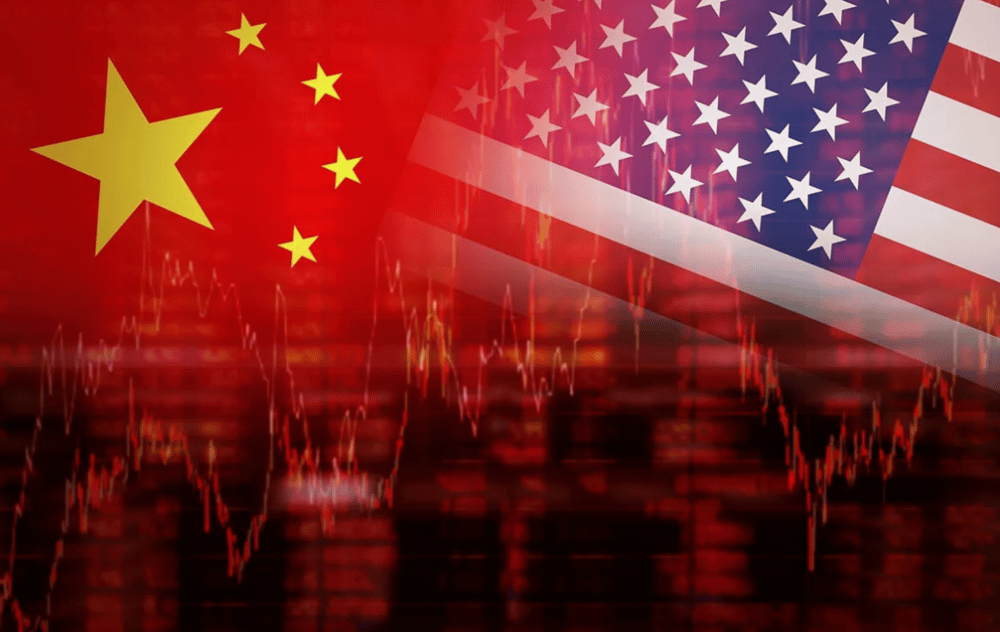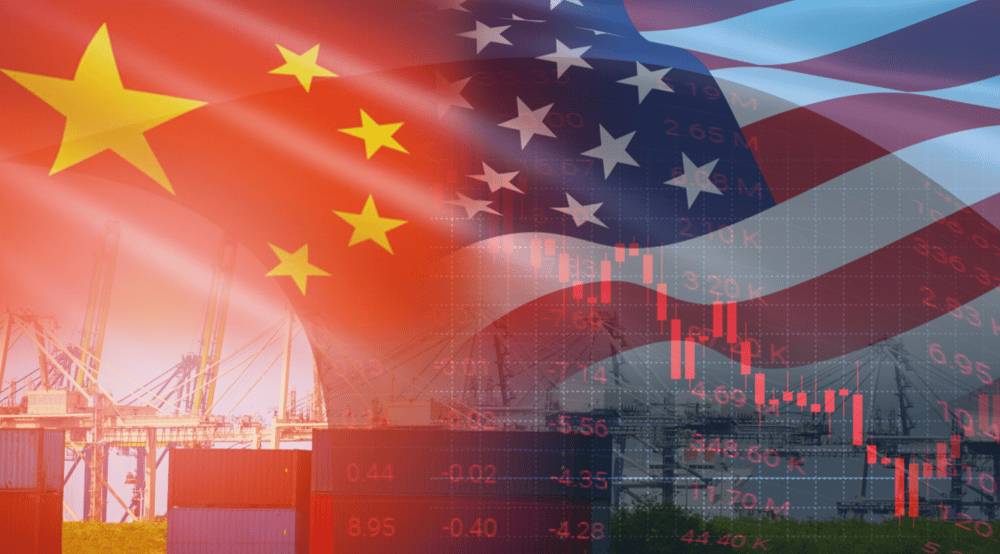USD-China Trade Tensions Persist as U.S. Maintains Existing Tariff Levels Amid Unfinished Deal
U.S.–China trade relations remain in a state of strategic limbo as Commerce Secretary Howard Lutnick confirmed on Wednesday that tariff levels on Chinese imports will remain unchanged, despite the absence of a finalized trade agreement. This statement, made amid mounting global concerns about economic fragmentation, signals Washington’s continued pressure on Beijing without introducing new trade disruptions.
The comment comes against the backdrop of a social media post by former President Donald Trump, who claimed U.S. tariffs on Chinese goods had reached 55%. A White House official later clarified to CNBC that the figure was not a new policy, but rather a cumulative representation of existing tariffs: 30% broadly applied tariffs, coupled with an additional 25% on specific goods, many of which fall under categories critical to U.S. manufacturing and national security.
Analyzing U.S. Tariff Strategy and Its Implications
The decision to retain existing tariff structures reflects a calculated effort by the U.S. administration to balance geopolitical posturing with economic pragmatism. While no new duties have been announced, the lack of a finalized trade deal continues to inject policy uncertainty into supply chains and financial markets.
For the USD and related equities, the news preserves the status quo. U.S. importers and exporters must continue to operate within a tariff environment shaped during previous administrations, limiting margin expansion for certain sectors. Meanwhile, Chinese exporters face ongoing headwinds that could affect competitiveness, particularly in semiconductors, machinery, and electronics.

📌 Key Facts:
🛃 Tariff Levels: No new tariffs; existing levels (30% general + 25% targeted) remain
🇺🇸 U.S. Position: Trade deal with China not finalized, but no escalation for now
💬 Trump’s Claim: 55% tariff figure not new; reflects cumulative existing measures
📉 Economic Signal: Continued protectionist stance without additional trade war escalation
📊 Market Impact: Limited immediate movement in USD and major indices (SPX, DJIA)
Investor Reaction and Market Commentary: Caution Amid Stability
Despite the apparent market neutrality of the announcement, investor sentiment remains fragile, particularly in sectors with heavy exposure to U.S.–China trade flows, such as consumer electronics, industrials, and automotive components. The U.S. dollar (USD) showed no significant deviation, reflecting trader expectations of continued policy continuity.
From a macroeconomic standpoint, the lack of escalation is viewed positively by risk-sensitive assets, although the absence of a finalized trade framework could weigh on longer-term capital investment decisions. Notably, S&P 500 $^SPX futures held steady, while the Dow Jones Industrial Average (DJIA) exhibited muted reaction, indicating a “wait and see” approach among institutional investors.

🔑 Key Developments:
Commerce Secretary confirms no new tariffs on Chinese imports.
Trump’s 55% tariff post clarified as reflecting cumulative existing duties.
Market reaction muted, suggesting pricing-in of current tariff regime.
Trade deal remains unfinished, keeping bilateral relations in flux.
USD and SPX stable, signaling temporary equilibrium in investor expectations.
Strategic Ambiguity Dominates U.S.–China Trade Outlook
While Wednesday’s confirmation of unchanged tariff levels may have reassured markets in the short term, the continued absence of a formal trade agreement between the U.S. and China prolongs a period of economic uncertainty. The current tariff environment — effectively a hybrid of longstanding levies — acts as both a bargaining tool and a buffer against supply chain shocks.
The broader geopolitical implications suggest that trade policy will remain a tool of strategic influence, especially heading into U.S. election cycles and amid shifting global supply chains. For now, the USD, major U.S. indices, and China-exposed sectors remain locked in a holding pattern — navigating policy risks with limited forward visibility.















Comments
It's unsettling to watch strategic uncertainties linger while the world waits for a real breakthrough.
Strategic decisions like this are laying the groundwork for a more agile and automated tech infrastructure